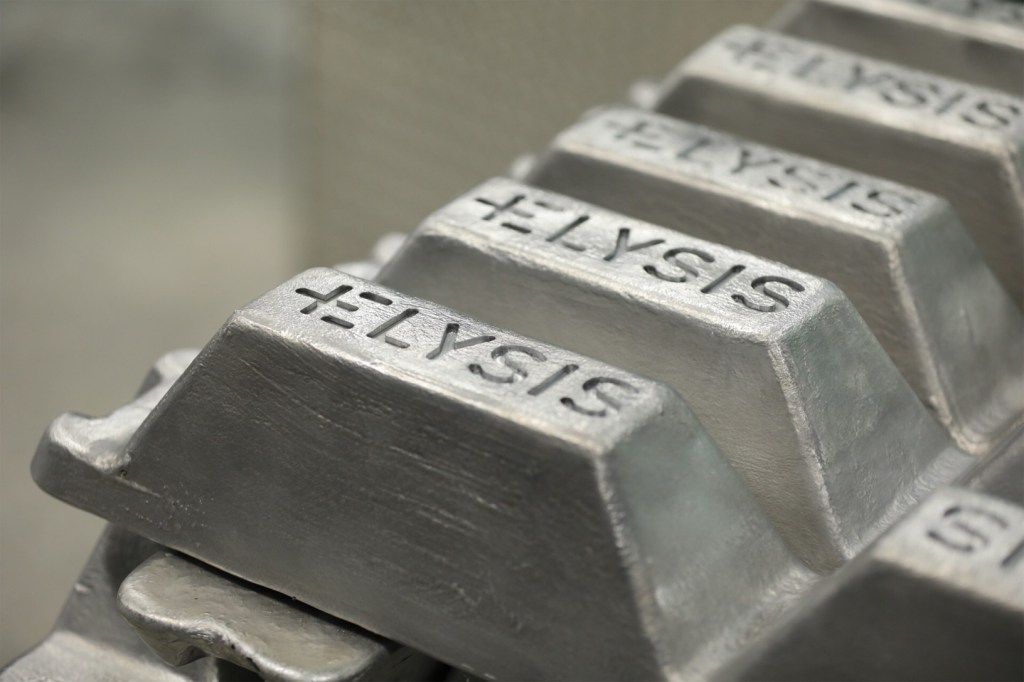Reinventing Aluminum
Greener + More Efficient
Two of the world’s aluminum giants—Alcoa Corp. and Rio Tinto Aluminum—have announced a revolutionary process to make green aluminum, and we’re not talking colors here. Instead, the joint venture has come up with a new smelting method that produces oxygen instead of direct greenhouse gas emissions. The project is called Elysis—a reference to the process […]

